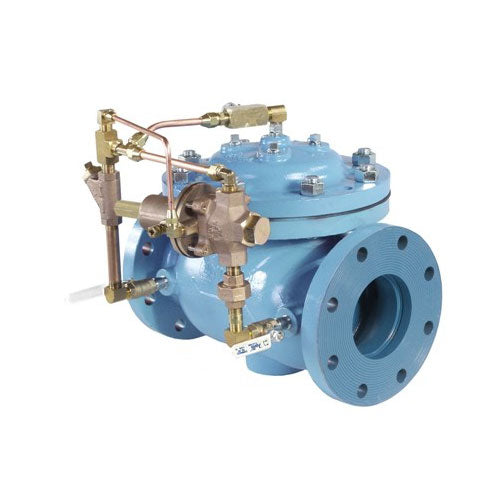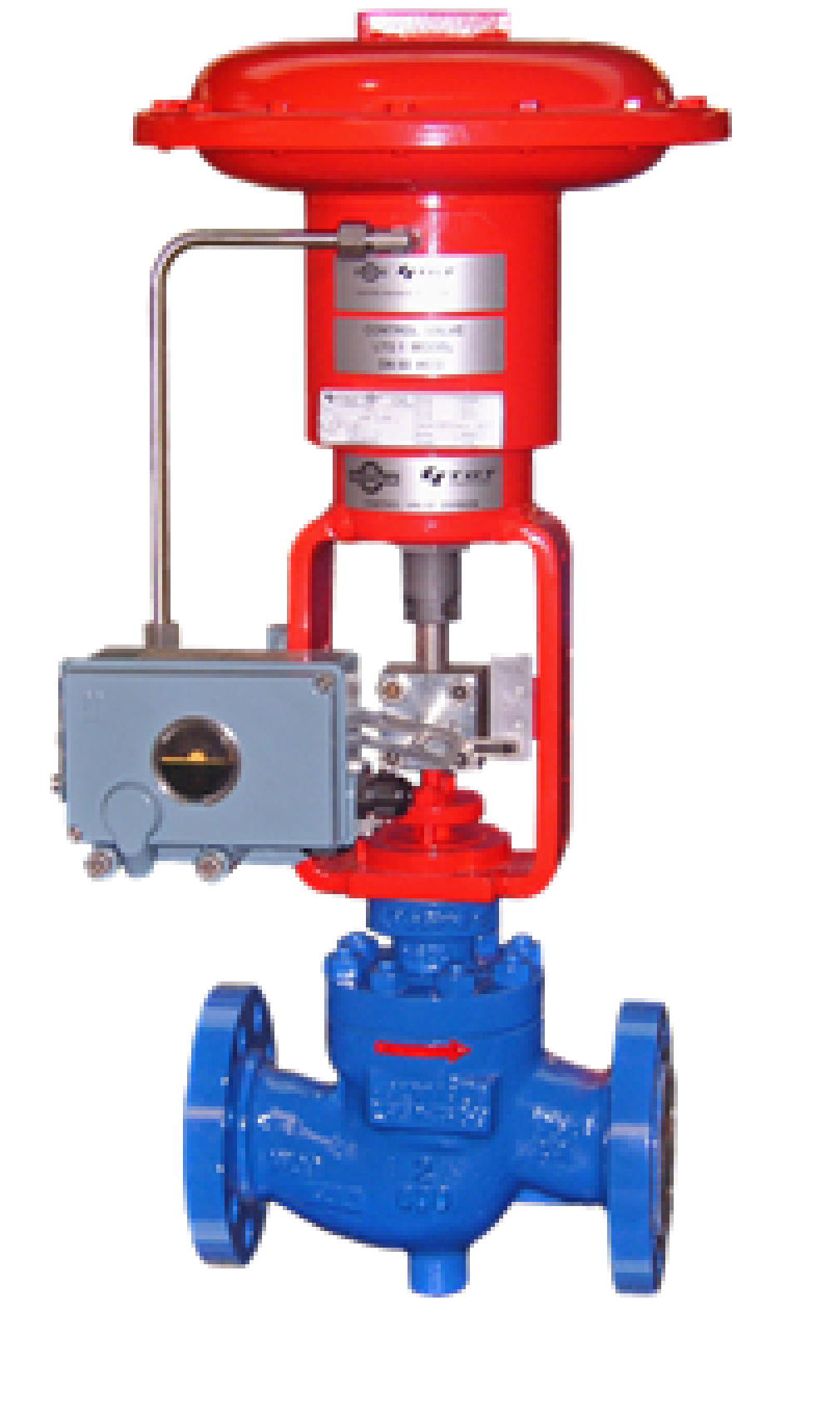Enhancing Functional Effectiveness with Advanced Control Valves
Enhancing Functional Effectiveness with Advanced Control Valves
Blog Article

Maximize Power Cost Savings and Comfort With Advanced Building Automation Controls
In the world of modern-day design and facility management, the combination of innovative building automation manages stands as a pivotal advancement. By utilizing the power of automation, structures can adapt, respond, and develop in methods that were when unimaginable.
Power Efficiency Perks
Power effectiveness advantages can substantially lower power intake and functional prices in buildings. Energy-efficient systems, such as sophisticated structure automation controls, can optimize the use of resources like heating, cooling, and lighting, leading to reduced power costs over time.
Furthermore, improved power efficiency can extend the lifespan of structure devices and systems. By running extra efficiently, HVAC systems, light, and various other building components experience less deterioration, resulting in lowered upkeep and replacement prices. Additionally, energy-efficient buildings typically regulate greater building worths and rental rates, offering lasting economic advantages to owners.
In addition, energy effectiveness can improve occupant comfort and efficiency. Correctly regulated interior settings with optimum lighting and thermal conditions produce a more positive and helpful work space, causing boosted employee complete satisfaction and performance. In general, the power effectiveness benefits related to advanced structure automation controls are diverse, incorporating expense savings, ecological stewardship, and passenger health.
Boosted Convenience Control
Enhancing comfort control in structure settings needs a sophisticated integration of advanced automation systems for optimal owner health. By using sophisticated building automation controls, facilities can customize the interior environment to fulfill the details requirements and choices of residents. These systems allow specific policy of lighting, temperature level, and ventilation, creating a comfy and effective ambience. Passenger satisfaction and efficiency are carefully linked to thermal convenience, making it important to have systems in position that can adapt to changing problems in real-time.
By integrating these advanced controls, structures can not only boost comfort but additionally enhance energy efficiency by maximizing system operations based on real occupancy and usage patterns. Inevitably, focusing on passenger convenience with advanced automation systems leads to an extra satisfying and much healthier interior atmosphere.
Operational Effectiveness Improvements

Additionally, the application of real-time tracking and analytics devices allows structure drivers to recognize power inefficiencies and operational abnormalities quickly. By continuously monitoring energy usage patterns and system efficiency metrics, adjustments can be made in real-time to i loved this maximize energy usage and make sure peak operational performance. control valves. Additionally, incorporating need feedback approaches into structure automation controls can additionally enhance functional performance by dynamically changing energy usage based on grid conditions and prices signals
Indoor Environment Optimization
Efficient interior climate optimization is a fundamental aspect of building automation controls, ensuring passengers' convenience and health while taking full advantage of energy cost savings. By utilizing advanced sensors and controls, constructing automation systems can constantly check and readjust temperature, moisture levels, air top quality, and air flow to create an optimum indoor setting. Maintaining comfy and constant problems not just improves occupant fulfillment however also boosts efficiency and total health.
Interior climate optimization also plays an important function in energy efficiency. By fine-tuning ventilation, heating, and air conditioning systems based upon real-time information and occupancy patterns, building automation controls can substantially minimize energy intake - control valves. Carrying out techniques such as demand-controlled ventilation and thermal zoning can assist reduce energy waste while ensuring that each location of the building gets the essential conditioning.

Lasting Setting Development
Building automation controls not only optimize indoor climate problems for power performance and occupant convenience however likewise lay the foundation for creating a lasting atmosphere via tactical monitoring of resources and systems. By integrating innovative structure automation technologies, such as sensors, actuators, and intelligent software application, centers can monitor and change energy use in real-time to lessen waste and lower their carbon footprint. These systems enable anticipating maintenance, recognizing potential problems before they intensify and optimizing tools performance to enhance longevity and performance.
Moreover, lasting environment creation prolongs beyond energy management to incorporate water conservation, waste decrease, and interior air high quality improvement. Building automation controls can regulate water use, detect leakages, and guarantee appropriate garbage disposal techniques, adding to total sustainability efforts. Additionally, by monitoring and controlling ventilation and filtration systems, these innovations enhance owner wellness and efficiency while lowering power intake linked with cooling and heating operations.
Final Thought
Finally, progressed Read Full Report structure automation regulates offer significant advantages in terms of power financial savings, convenience control, operational efficiency, interior climate optimization, and creating a sustainable environment. By executing these controls, structures can attain ideal efficiency while lowering power usage and enhancing occupant convenience. It is obvious that the usage of advanced automation technology is vital in boosting structure performance and developing a more sustainable future.
Energy effectiveness advantages can significantly decrease power usage and functional costs in buildings. Overall, the energy effectiveness advantages connected with sophisticated structure automation controls are diverse, encompassing cost savings, ecological stewardship, and owner well-being.
Additionally, incorporating demand reaction strategies right into structure automation controls can better enhance functional effectiveness by dynamically readjusting energy usage based on grid conditions and rates signals.
Structure automation regulates not only optimize indoor environment problems for energy efficiency and occupant comfort yet likewise lay the structure for developing a lasting atmosphere via calculated management of sources and systems.In final thought, progressed structure automation controls deal considerable benefits in terms of energy financial savings, comfort control, functional performance, indoor climate optimization, and developing a sustainable environment.
Report this page